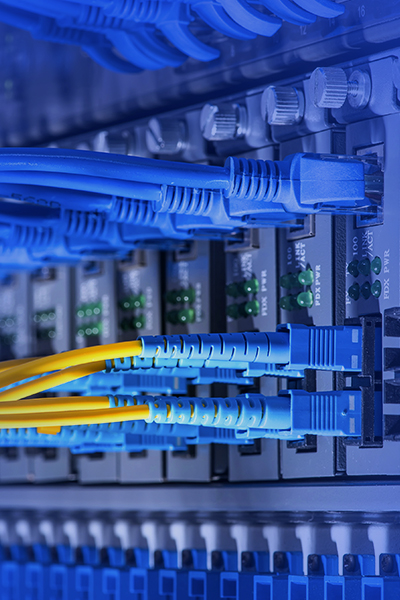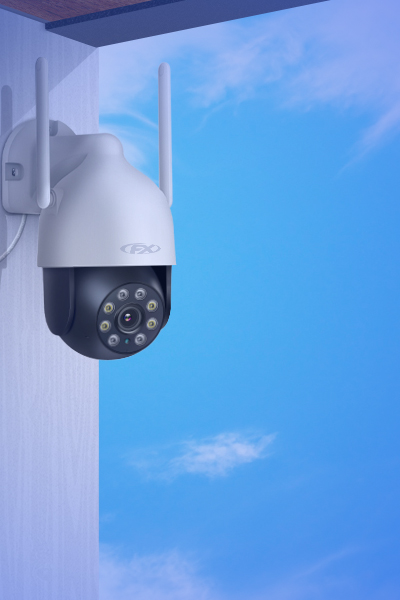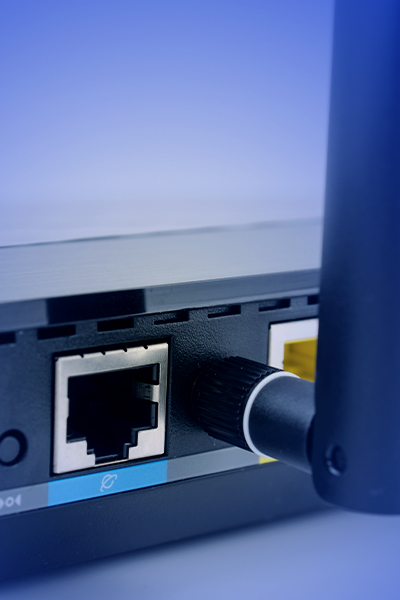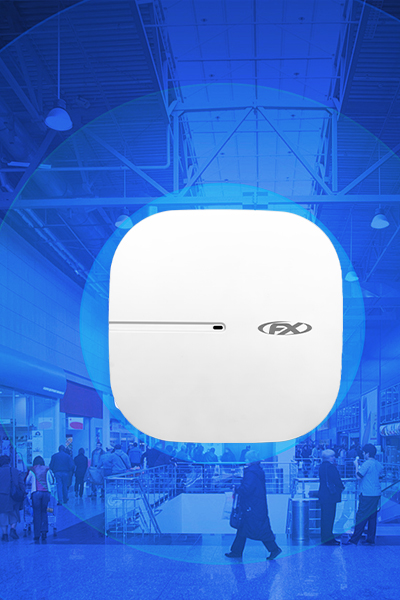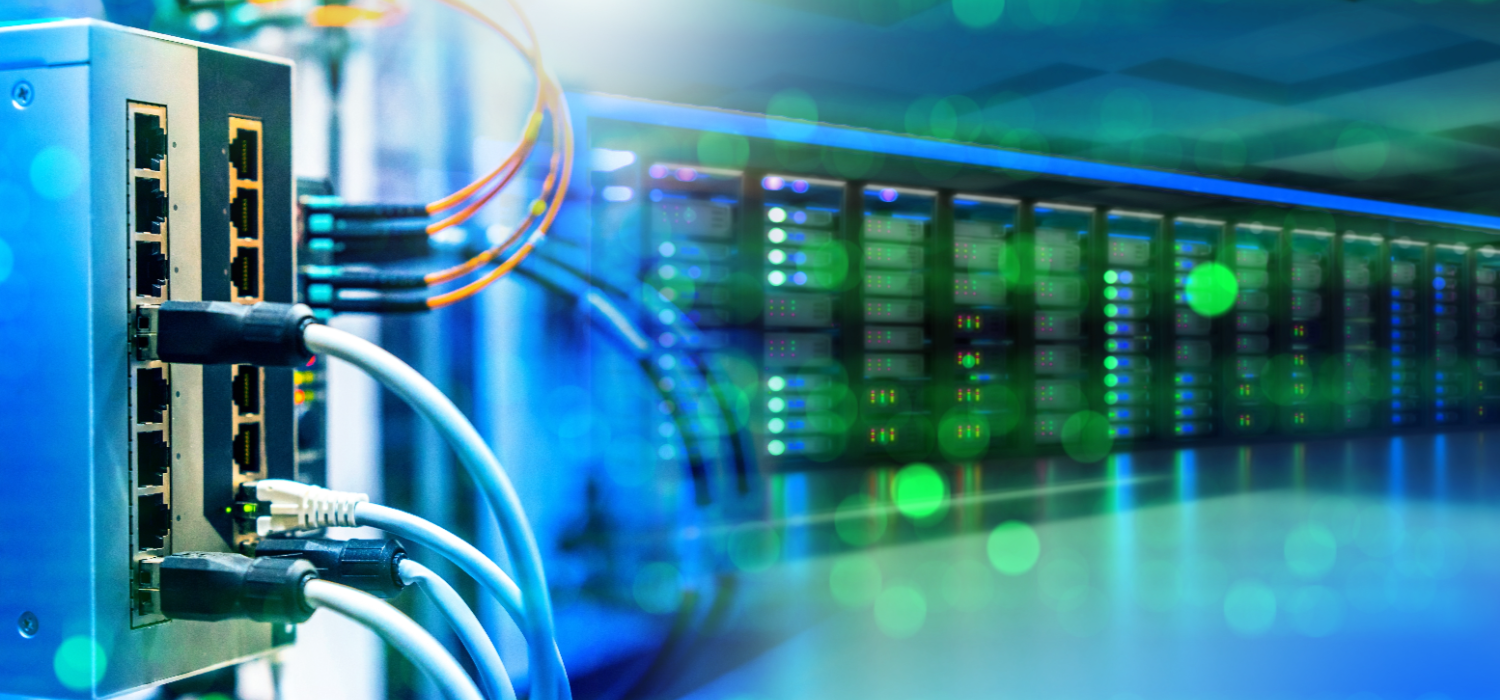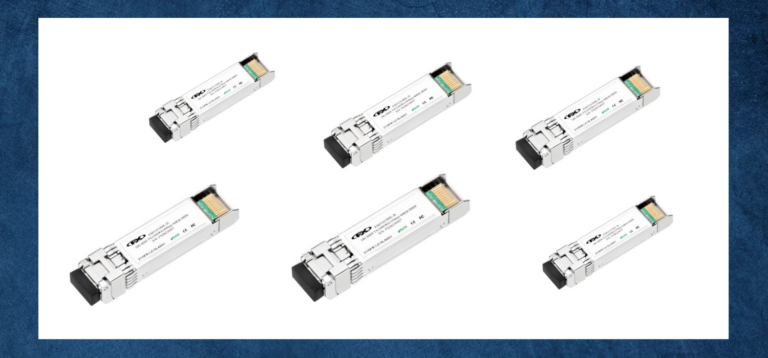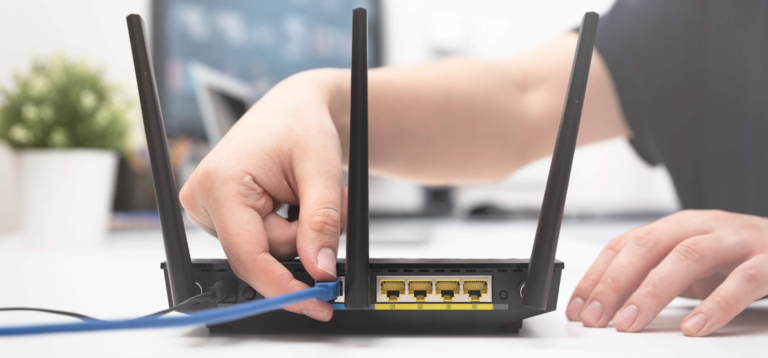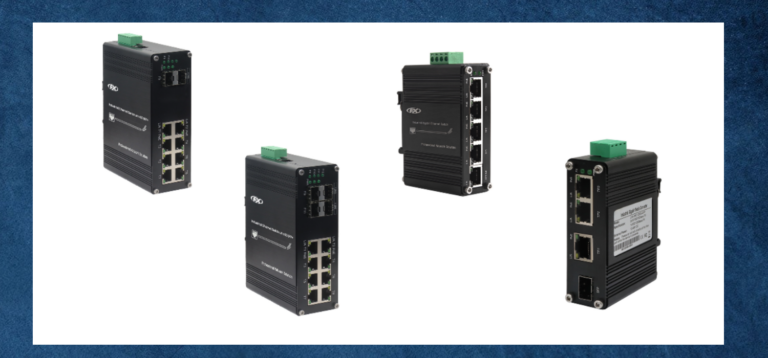Are you confused about which cable to buy for your home audio system: a fiber optic or an HDMI connection?
Both connections transfer high-resolution digital audio, and both have their advantages and disadvantages.
In this blog post, we'll break it all down for you to help make the best decision regarding your specific needs.
We will discuss what the two types of cables are, when each is preferable, how to compare them in terms of size and performance, plus more factors such as compatibility with gaming systems and streaming services.
Understanding HDMI and Fiber Optic
HDMI and optical cables transmit audio between devices such as home theaters, consoles, or soundbars. However, they differ in how they do this, making them more suitable for specific tasks.
HDMI cables can transmit multi-channel audio signals such as Dolby Digital and DTS - making them an ideal choice for surround sound setups.
They also feature a technology called ARC (Audio Return Channel), which allows audio to be sent back to the connected device from the TV.
Optical cords typically offer better sound quality than HDMI but cannot provide the same level of versatility. Their design is smaller and lighter, so they're perfect for those who want maximum portability without sacrificing performance.
Additionally, fiber optic HDMI AOC (Active Optical Cables) are available, delivering even greater performance over traditional models due to advanced features that reduce signal loss over longer distances or cases with many turns along its path.
What are Fiber Optic Cables?
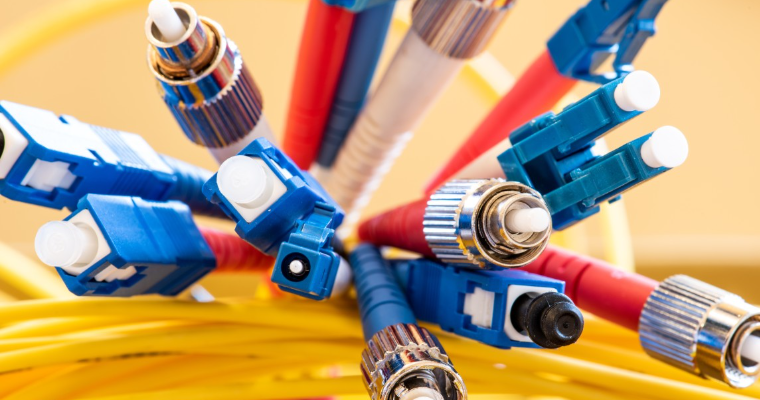
Fiber optic cables are telecommunications cables that use optical fibers made of glass or plastic to transmit data using light signals.
They rely on the principle of total internal reflection. Inside the core of the optical fiber, which is made of glass or plastic, light signals are transmitted in the form of pulses. These light pulses represent binary data, typically as ones and zeros.
Light entering the fiber's core at a specific angle reflects off the core-cladding interface and stays confined within the core due to the difference in refractive indices between the core and the cladding. This ensures that the light travels down the fiber with minimal loss of signal strength.
The core is surrounded by cladding with a lower refractive index, preventing light from escaping outside the core. This ensures that the light signals remain contained within the core and are guided along the length of the fiber.
Advantages of Fiber Optics
High Bandwidth
Fiber optic cables offer a significantly higher bandwidth than traditional copper cables. They can transmit large amounts of data at very high speeds, making them ideal for applications that require high data throughput.
Long-Distance Transmission
Fiber optic cables can transmit signals over long distances without significant signal degradation. This makes them suitable for long-haul telecommunications and internet connections.
Immunity to Electromagnetic Interference (EMI)
Unlike copper cables, fiber optic cables are not susceptible to EMI, which can disrupt data transmission. This makes them highly reliable in environments with electromagnetic interference.
Limitations of Fiber Optics
Cost
Fiber optic cables and the equipment required for installation can be more expensive than traditional copper cables. This cost can be a limiting factor for some applications, particularly in smaller-scale setups.
Installation Complexity
Installing fiber optic cables can be more complex and labor-intensive than copper cables. Proper installation requires specialized training and tools, adding to the overall cost and time.
Fragility
Fiber optic cables are more delicate and can be more easily damaged compared to copper cables. Care must be taken during installation and maintenance to avoid breakage.
What is HDMI?
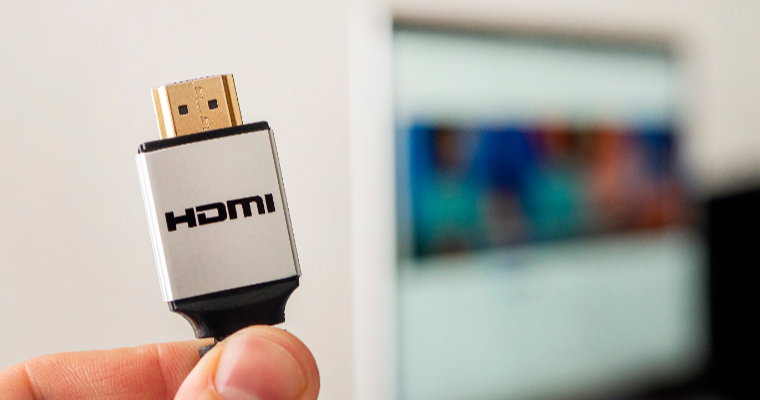
HDMI is a digital audio-video interface that carries audio and video signals over a single cable, simplifying connection between devices.
It supports high-definition video resolutions, multi-channel audio, and various audio formats, including Dolby TrueHD and DTS-HD Master Audio.HDMI also supports Consumer Electronics Control (CEC), which allows for device control through a single remote.
The latest HDMI 2.1 version offers advanced gaming features, making it suitable for gaming consoles, including support for 120Hz refresh rates, low latency, and variable refresh rates for smoother gaming experiences.
Different Versions of HDMI
HDMI (High-Definition Multimedia Interface) has gone through several versions, each offering improvements in terms of features and capabilities. Some notable versions include:
HDMI 1.4
Introduced in 2009, HDMI 1.4 added support for 3D video, Audio Return Channel (ARC), and introduced the Micro HDMI connector for portable devices.
HDMI 2.0
Released in 2013, HDMI 2.0 increased the maximum bandwidth to 18.0 Gbps, enabling support for 4K video at 60Hz and 1080p at 240Hz. It also introduced High Dynamic Range (HDR) and enhanced color capabilities.
HDMI 2.1
Released in 2017, HDMI 2.1 is the most recent version and offers a significant boost in bandwidth, reaching up to 48.0 Gbps. This allows for 8K video at 60Hz and 4K at 120Hz. It also introduced features like Variable Refresh Rate (VRR), Quick Frame Transport (QFT), and Auto Low Latency Mode (ALLM).
Advantages of HDMI
Simplicity and Convenience
HDMI eliminates the need for multiple cables by combining audio and video into a single cable. This simplifies the setup and reduces cable clutter.
HDMI also supports features like CEC, which enables control of multiple devices with one remote control, enhancing user convenience.
Cost-Effectiveness
HDMI cables are widely available and affordable, making them a cost-effective choice for high-definition audio and video connections.
Eliminating the need for separate audio and video cables can also result in cost savings for consumers and reduced manufacturing costs for device manufacturers.
Compatibility with Most Devices
HDMI has become a universal standard for audio and video connections in consumer electronics. It is supported by various devices, including TVs, monitors, Blu-ray players, gaming consoles, and computers.
HDMI is backward compatible, meaning newer HDMI versions can work with older HDMI-equipped devices, although some features may be limited.
Limitations of HDMI
Distance Limitations
HDMI cables have distance limitations, especially for higher resolutions and refresh rates. Longer cables can experience signal degradation, requiring signal boosters or fiber optic HDMI cables for longer runs.
HDMI extenders and baluns are often used to overcome distance limitations in professional installations.
Bandwidth Constraints
While HDMI 2.1 significantly increased bandwidth, very high resolutions, such as 8K at 60Hz, can still push the limits of HDMI technology. In such cases, alternative interfaces like DisplayPort may be preferred.
Older HDMI versions may not support the latest features and resolutions, which can be a limitation for users seeking the best possible audio and video quality.
Factors to Consider When Choosing Between Fiber Optic and HDMI
Use Case and Environment
Fiber Optic
- Residential or commercial use
- Suitable for long-distance applications
- Ideal for industrial or harsh environments
HDMI
- Typically used in residential settings
- Generally suited for short to medium-distance applications
- Not suitable for extremely long distances
Budget Considerations
Fiber Optic
- Initial cost may be higher due to cable and equipment costs
- May require specialized installation expertise
HDMI
- Generally more budget-friendlyvin terms of cables and equipment
- Installation costs are usually lower due to simpler setup
Performance Requirements
Fiber Optic
- Offers high bandwidth and excellent performance for 4K, 8K, and beyond
- Provides superior resistance to electromagnetic interference (EMI)
- Well-suited for applications demanding high-quality audio
HDMI
- Ideal for high-definition video and audio with typical requirements
- Suitable for standard-definition and lower-resolution setups
- Can meet various audio and video quality expectations depending on HDMI version and equipment used
Examples of Scenarios where Fiber Optic is the Ideal Choice
Long-Distance Data Transmission
When you need to transmit high-speed data over very long distances, such as in telecommunications networks spanning hundreds of kilometers or in undersea cables, fiber optic technology is the ideal choice due to its minimal signal loss over extended distances.
Industrial Environments: In industrial settings with high levels of electromagnetic interference (EMI), where reliability and immunity to EMI are crucial, fiber optics are preferred for connecting machines, sensors, and control systems.
High-Bandwidth Audio/Video Production
Fiber optic cables are commonly used in broadcasting and audio/video production studios for transmitting uncompressed high-definition video and high-fidelity audio over long cable runs with minimal latency.
Military and Aerospace Applications
In defense and aerospace applications, where security, high bandwidth, and resistance to environmental factors are essential, fiber optic technology is often chosen for secure data transmission.
Data Centers
Fiber optic connections are prevalent in data centers for interconnecting servers, switches, and storage devices due to their high-speed data transmission, low latency, and reliability.
Examples of Scenarios where HDMI is the Better Option
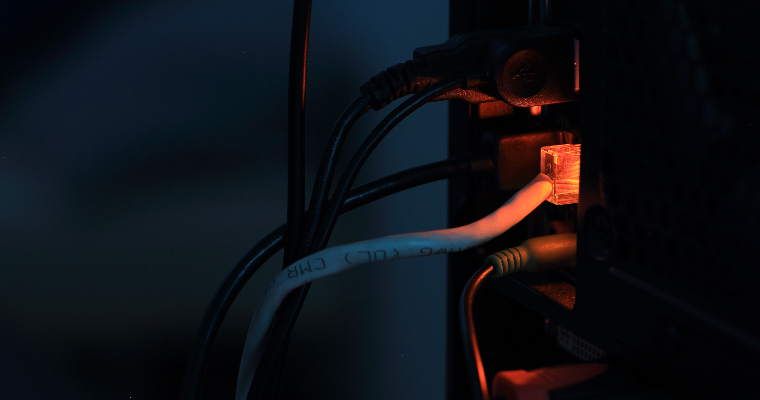
Home Entertainment Systems
For connecting consumer electronics like HDTVs, Blu-ray players, gaming consoles, and sound systems within a home theater setup, HDMI is the preferred choice due to its simplicity, ease of use, and cost-effectiveness.
Short to Medium Distance A/V Connections
In scenarios where the cable runs are relatively short to medium-length, such as connecting a computer to a monitor or a gaming console to a TV, HDMI cables are convenient and provide excellent audio and video quality.
Gaming Consoles and PC Monitors
HDMI is the standard interface for connecting gaming consoles, gaming monitors, and PCs, as it supports high-resolution displays and gaming-specific features like variable refresh rates (VRR) and low latency.
Consumer Electronics
HDMI is widely adopted in various consumer electronics, including digital cameras, camcorders, and smartphones, for connecting to TVs and monitors, making it a versatile choice for personal devices.
Boardroom and Conference Room A/V
HDMI is commonly used for connecting laptops, projectors, and displays in conference rooms and boardrooms due to its ease of use and compatibility with standard office equipment.
Conclusion
Fiber Optic Cables are best suited for long-distance connections where minimal signal loss is important, making them ideal for industrial environments and data-intensive applications.
They offer high bandwidth and immunity to electromagnetic interference. However, they can be costlier to set up, require specialized installation, and are more delicate.
HDMI Cables are a more convenient choice for simpler setups, shorter cable runs, and cost-effective solutions. They work well for home entertainment systems, gaming consoles, and standard applications.
Yet, HDMI has limitations in terms of very high resolutions and extended distances, making them less suitable for demanding professional or long-distance scenarios.
Connect with us today
let's shape a future of boundless connectivity and extraordinary possibilities. Experience the power of true networking solutions with FlyXing.
Connect with us today!
let's shape a future of boundless connectivity and extraordinary possibilities. Experience the power of true networking solutions with FlyXing.
